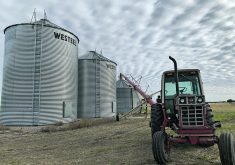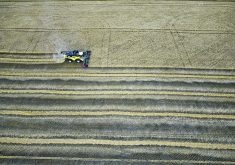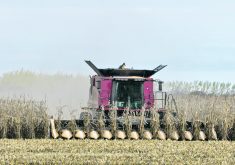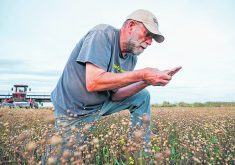Wide variety of yields and crop quality seen across the Prairies this season, reflecting differences in weather conditions
Variation in yield and quality of crops across the Prairies is the hallmark of this harvest season.
Farmers in southern and eastern Alberta seeded in the dust, said Jesse Cole, manager of insurance products and product innovation with Agriculture Financial Services Corporation. Yield loss started in the spring for some.
“Even areas that got some rain, like the west side of the province and farther north, are OK now, but still lower yields than I think we would expect in that five or 10 year average index,” he said.
Read Also
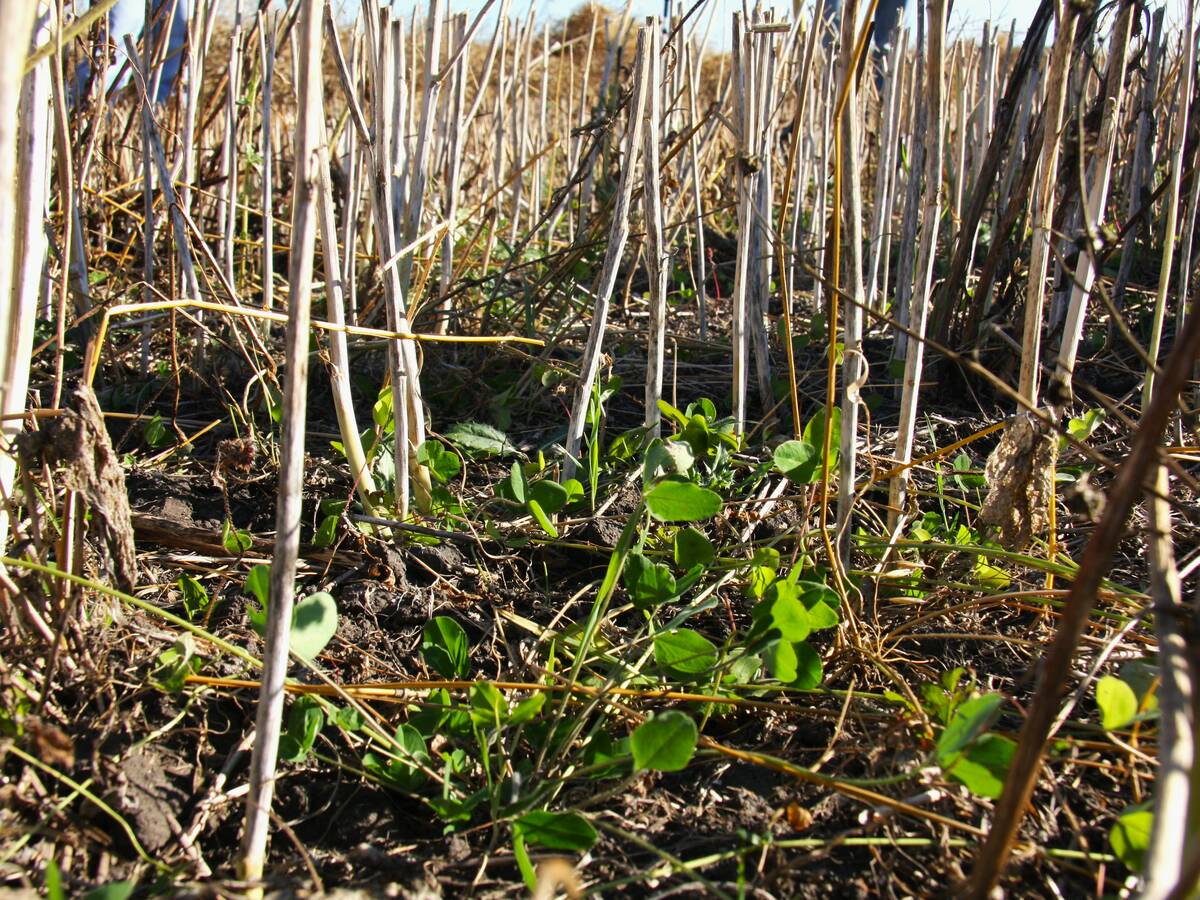
Saskatchewan project sees intercrop, cover crop benefit
An Indigenous-led Living Lab has been researching regenerative techniques is encouraging producers to consider incorporating intercrops and cover crops with their rotations.
Only 30 percent of the province has good to excellent surface soil moisture ratings.
Even though much of the province is in a three-year drought situation, Cole said conditions are still better than in 2021.
“It’s getting a little bit rough, I think, but there’s a lot of resiliency and a lot of stability I think with people’s optimism. … I’m always surprised at how well people come through it.”
In Saskatchewan, most farmers started with adequate soil moisture and experienced drought conditions later. Only 20 percent of cropland and 16 percent of pasture land were listed as having adequate topsoil moisture as of last week, according to the latest crop report.
Most of Manitoba is dry to very dry, with some areas rated optimal to dry and areas of the southwest deemed wet.
Near Lacombe, Alta., Cole said there are good wheat crops but canola is showing strain.
“The yield isn’t terrible in a lot of areas, but it’s coming off uneven. There’s some fields you’ll drive by and half of it’ll still be green and the other half is starting to turn.
“I think we’re going to see more swathing than we do in a normal year for canola, just to try and even it out or maybe more desiccation as well.”
Nearly 80 percent of all major Alberta crops have been harvested, including nearly 62 percent of canola and an additional 23 percent swathed. Farmers in the southern region are mostly waiting on canola acres before finishing harvest.
Other regions are near the provincial average in harvest progress. The central, northeastern and Peace regions are 74 to 82 percent complete and the northwest sits at nearly 57 percent done.
Harvest in Saskatchewan is 91 percent complete, including 98 and 97 percent complete in the southwest and west-central regions, respectively. The rest of the province is in the high 80s and low 90s. East-central Saskatchewan is now 82 percent done harvest compared to last week’s 66 percent.
However, lack of moisture is a concern for farmers. There is worry about water shortages during the winter and the potential that dry soil conditions may carry into the next growing season.
Harvest is 76 percent complete in Manitoba with barley, spring wheat and oats nearly done and canola 78 percent complete.
Flax is ready to harvest, with 22 percent of acres in the bin, and soybeans are 41 percent harvested. Farmers are waiting for corn and sunflowers to mature and dry down.
This week’s information is based on crop statistics as of Sept. 25 and 26 depending on provincial report timing.





